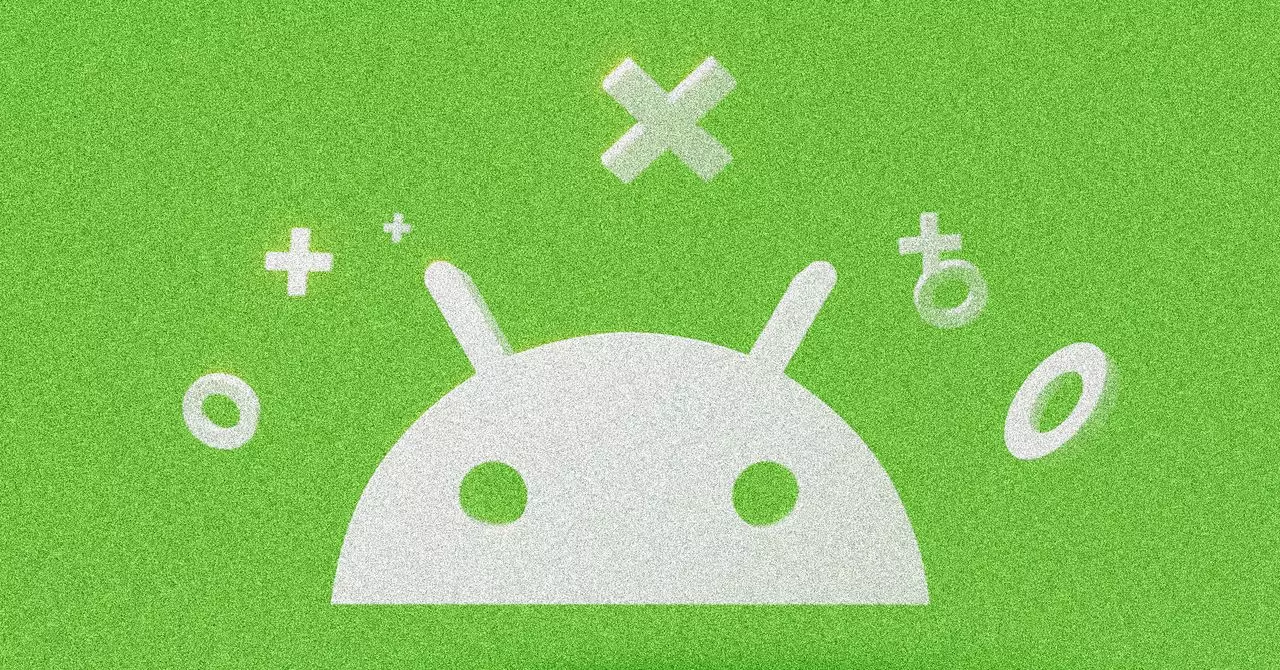With Google I/O 2023 approaching on May 20, excitement is palpable in the tech community. This annual developer conference is renowned for unveiling cutting-edge innovations and major updates for Google’s ecosystem. This year, Google is taking a proactive approach by revealing some of the anticipated features of Android 16 ahead of the event, marking a significant step toward engaging more closely with developers and users. The importance of such announcements cannot be overstated, as they lay the groundwork for consumer expectations and technology trends that will dominate the mobile landscape in the coming year.
A Bold New Design Language: Material 3 Expressive
One of the standout updates highlighted is the launch of a fresh design language known as Material 3 Expressive. While this isn’t a complete overhaul or a “Material 4,” it does represent a significant evolution from the previous Material Design concepts. Google has conducted extensive research—46 studies involving over 18,000 participants—leading them to conclude that this expressive design resonates across demographics. As our devices become extensions of our personalities, the informed focus on attributes like playfulness, creativity, and friendliness can fundamentally shift the way users interact with their mobile devices.
This emphasis on personalization taps directly into a growing consumer desire for devices that reflect individuality. The last major redesign occurred four years ago with Material 3, and the anticipation for a transformative update aligns with a shifting cultural landscape where aesthetics and functionality are more intertwined than ever. Notably, with youth engagement skewed towards Apple’s iPhone, this shift could play a pivotal role in attracting users back to Android by enhancing the emotional and aesthetic appeal of the platform.
Engaging User Experiences Through Interactivity
Android 16 is reshaping user interaction by introducing a series of dynamic animations that enhance responsiveness. This improvement is not merely for aesthetic value; it’s a fundamental shift aimed at elevating the overall user experience. For instance, new haptic feedback provides a delightful springy sensation when dismissing notifications, making every action feel more tangible and satisfying. Such refinements can transform mundane tasks—like toggling settings or navigating through apps—into a more enjoyable experience and reinforce the notion that Android is committed to user-centered innovation.
The subtle but significant changes to animations during interactions, whether dismissing an app or adjusting volume sliders, contribute to a cohesive visual and practical overhaul. Users will likely appreciate the attention to detail, as these elements collectively enhance fluidity and responsiveness, allowing Android 16 devices to feel not just functional, but delightful to use.
Dynamic Color Themes and Typography Design
In addition to the engaging animations, Android 16 places a significant focus on typography and color theming, allowing users to express their style within supported applications. The idea of dynamic color themes affords more autonomy over the device’s look, empowering users to curate their digital environment. This level of customization isn’t just about aesthetics; it encourages users’ preferences and promotes ownership over their devices.
The enhanced typography reinforces this engagement, offering a visual clarity that was perhaps missing in earlier iterations. With more emphasis on fonts, users can expect readability and style to coalesce beautifully. In a competitive marketplace where first impressions are crucial, Android’s fresh approach to design could be a major draw for users seeking a more personalized experience.
Enhanced Quick Settings and Accessibility Features
Functionality takes center stage with the introduction of added features, particularly in Quick Settings. Google recognizes that efficiency is key in today’s fast-paced world, and by allowing more settings to be visible even in standby mode, users can gain immediate access to essential tools with minimal effort. This design approach not only augments usability but also reflects a deep understanding of user needs in everyday scenarios.
The ability to have a Flashlight or Do Not Disturb mode easily accessible at a moment’s notice exemplifies a user-first design philosophy that prioritizes convenience without sacrificing aesthetics. Such enhancements position Android 16 as a formidable competitor in a landscape inflamed with fervent debates about user experience and interface design.
As Android 16 takes shape, it emphasizes the balance between functionality and aesthetic appeal, underscoring a new era for Google’s mobile ecosystem that thrives on user engagement and personalized experiences. With anticipation building for its full reveal at Google I/O 2023, developers and users alike are eager to see how these innovations will be implemented into daily life.

